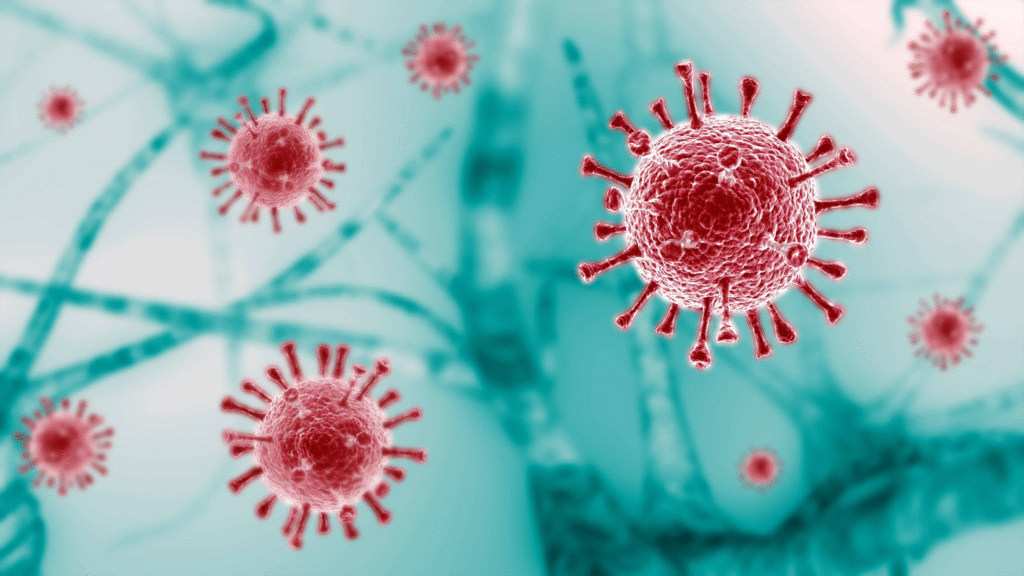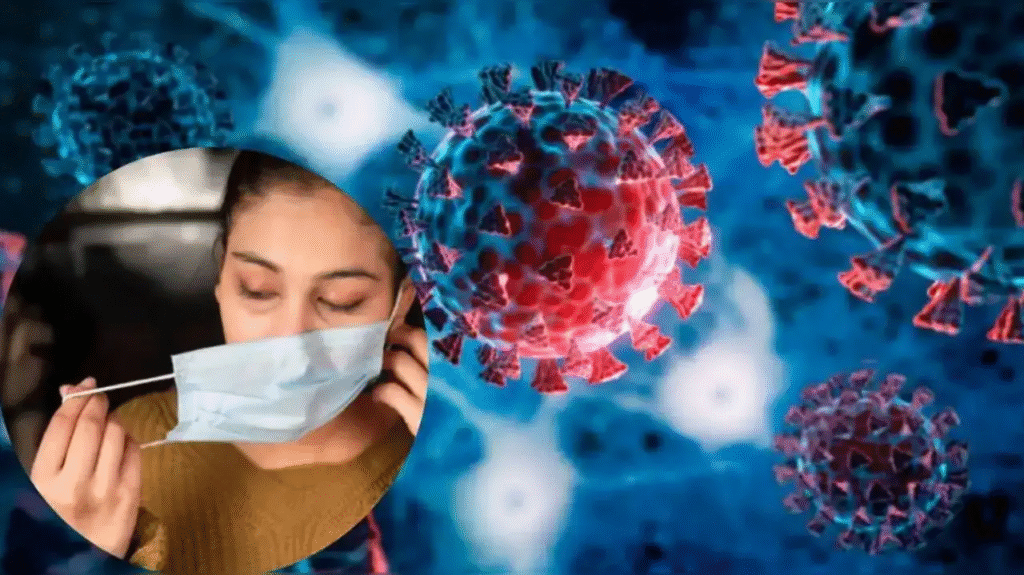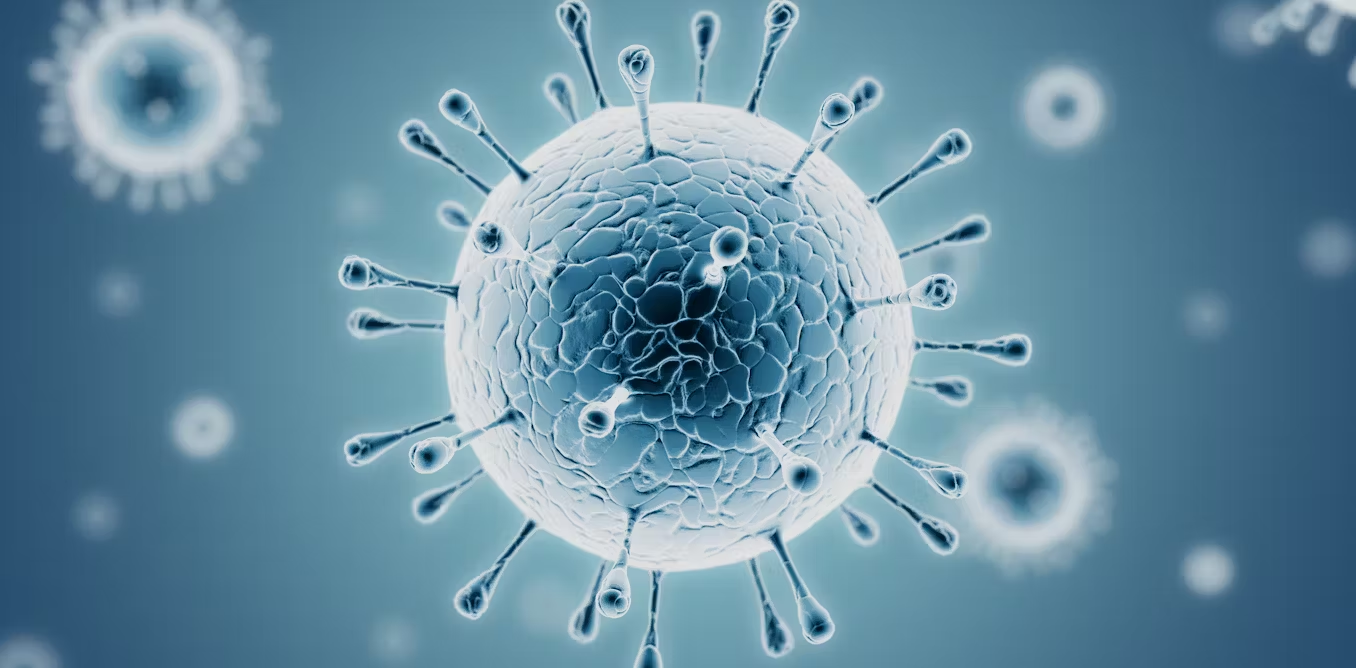
The ongoing battle against COVID-19 has entered a new phase with the emergence of yet another variant of concern, NB1.8.1. Following the global alert over the JN.1 variant, NB1.8.1 has caught the attention of researchers and public health officials worldwide. This new strain, discovered through rigorous genomic surveillance, poses questions about its infectiousness, potential risks, and impact on existing immunity.
With the virus continuously evolving, it is crucial for the public and policymakers alike to stay informed about such developments. This article delves into the detailed scientific understanding of the NB1.8.1 variant, its implications on public health, vaccine effectiveness, and how societies can navigate the challenges posed by this emerging strain.
A Continuous Race Against Viral Evolution
Viruses, by their very nature, mutate over time. SARS-CoV-2, the virus responsible for COVID-19, has demonstrated an extraordinary capacity to adapt. From the original Wuhan strain to the Alpha, Beta, Delta, and Omicron waves, each variant has brought new challenges.
The JN.1 variant, which emerged relatively recently, demonstrated how sub-variants within the Omicron lineage could continue to evolve and cause localized outbreaks. Now, NB1.8.1 adds another chapter to this story.
Unlike static threats, viruses like SARS-CoV-2 exist in a dynamic state of evolution. Each mutation potentially alters the virus’s transmissibility, immune escape ability, or pathogenicity. Consequently, scientists are racing to identify, study, and respond to new variants promptly.
Scientific Discovery and Genetic Makeup of NB1.8.1
NB1.8.1 is categorized as a sublineage of the Omicron variant, which itself revolutionized the course of the pandemic due to its high transmissibility but generally milder clinical outcomes compared to previous variants like Delta.
What sets NB1.8.1 apart is the presence of unique mutations in the spike protein — the part of the virus that binds to human cells via the ACE2 receptor. These mutations can influence how effectively the virus infects cells and how well it can evade antibodies generated by vaccination or past infection.
Researchers are using advanced techniques such as next-generation sequencing to map these mutations and compare their functional effects. Initial analyses hint that some of the mutations in NB1.8.1 may enhance its ability to partially escape immunity, though the extent is still being evaluated.
Understanding the precise genetic changes and their biological consequences is vital for guiding vaccine updates and public health responses.
Global Surveillance and Early Detection Efforts
The identification of NB1.8.1 underscores the critical role of genomic surveillance — a tool that has become central in the global pandemic response. Countries with strong sequencing programs can detect new variants quickly, track their spread, and analyze their characteristics.
This real-time data sharing allows international organizations like the World Health Organization (WHO) to issue timely alerts and advise governments accordingly.
NB1.8.1 has been detected in multiple countries, suggesting it has already spread beyond initial detection sites. However, its prevalence remains relatively low compared to dominant variants such as BA.5 or BA.2.75 sublineages.
Despite this, the presence of NB1.8.1 in diverse regions signals the virus’s ongoing ability to diversify and potentially cause new waves of infection.
Clinical Impact: Severity and Symptoms Associated with NB1.8.1
One of the most critical questions is whether NB1.8.1 causes more severe disease. To date, there is no strong evidence indicating that infections with this variant lead to worse clinical outcomes than previous Omicron strains.
Most reported cases show symptoms consistent with typical Omicron infection: mild to moderate respiratory symptoms such as cough, fever, sore throat, and fatigue. Hospitalization rates and mortality have not shown significant spikes linked directly to NB1.8.1.
However, it is important to note that severity can be influenced by factors like host immunity, underlying health conditions, and access to healthcare.
Ongoing studies aim to assess whether NB1.8.1 might cause more severe symptoms in vulnerable populations or if it impacts long COVID risk differently.
Vaccine Response and Immune Evasion
Vaccines have been the cornerstone of the global effort to reduce the burden of COVID-19. However, the virus’s continuous mutation has posed challenges to vaccine effectiveness.
Early laboratory studies on NB1.8.1 suggest that the variant may partially evade neutralizing antibodies, which are crucial for preventing infection. This immune evasion can increase breakthrough infections, especially among those whose immunity has waned over time.
Fortunately, the body’s immune system has multiple defense layers, including T-cell responses, which vaccines stimulate and which appear to retain substantial effectiveness against severe disease from new variants.
Public health experts advocate for booster doses to strengthen immunity, especially in high-risk groups like the elderly and immunocompromised, who may be more susceptible to breakthrough infections.
Public Health Preparedness and Community Response
The emergence of NB1.8.1 is a stark reminder that the COVID-19 pandemic remains a global public health challenge. Governments and health agencies must stay vigilant by maintaining strong surveillance, ensuring vaccine coverage, and preparing healthcare systems for potential surges.
Lessons learned from previous waves underline the importance of rapid response strategies, including reintroducing mask mandates or limiting large gatherings when necessary.
Communities play a vital role by continuing to adhere to preventive measures and encouraging vaccination uptake. Transparent communication from authorities is crucial to combat misinformation and vaccine hesitancy.
Impact on Healthcare Systems and Economic Considerations

While NB1.8.1 has not yet caused overwhelming case surges, the possibility remains that an evolving variant could strain healthcare systems if it becomes more transmissible or virulent.
Hospitals worldwide are still recovering from previous pandemic waves, and any increase in cases can impact not just COVID-19 patients but also individuals requiring routine or emergency medical care.
Economic repercussions are also a concern. New variants can lead to renewed restrictions, workforce shortages due to illness, and disruptions in supply chains. Governments must balance public health priorities with economic stability by leveraging data-driven policies.
The Importance of Global Vaccine Equity
One major factor influencing the emergence of variants like NB1.8.1 is unequal vaccine distribution. Areas with low vaccination coverage provide the virus opportunities to replicate and mutate.
Global initiatives such as COVAX aim to provide vaccines to low-income countries, but challenges remain in logistics, vaccine acceptance, and infrastructure.
Ensuring equitable access to vaccines worldwide is not just a moral imperative but a pragmatic necessity to reduce the chance of dangerous variants emerging.
Behavioral and Social Aspects in the Face of New Variants
The pandemic has profoundly affected human behavior, mental health, and social dynamics. The emergence of new variants like NB1.8.1 can trigger anxiety, fatigue, and uncertainty among populations already strained by prolonged crisis.
Addressing these psychosocial impacts requires empathetic communication, community support programs, and clear guidance on managing risk.
Empowering individuals with knowledge about variants, vaccine benefits, and preventive measures fosters resilience and collective responsibility.
Future Directions: Vaccine Innovations and Therapeutics
Scientists are continuously innovating to keep pace with the virus. Multivalent vaccines targeting multiple variants, including Omicron sublineages, are in development to provide broader protection.
Antiviral drugs and monoclonal antibody therapies are also being refined to remain effective against evolving strains.
Investment in research and global cooperation will be pivotal in accelerating these advancements and deploying them equitably.
The Role of Individual Responsibility in Controlling NB1.8.1 Spread
While authorities and scientists manage the macro response, individuals have a significant role in controlling variant spread.
Simple actions like mask-wearing in crowded spaces, practicing hand hygiene, staying home when symptomatic, and following vaccination recommendations remain highly effective.
Communities that adopt these practices reduce transmission chains, protect vulnerable members, and help ease pressure on healthcare resources.
Insights from Past Variant Waves Informing the NB1.8.1 Response
The pandemic’s trajectory has been shaped by lessons from previous variant waves. For instance, the rapid spread of Delta highlighted the need for vaccination acceleration, while Omicron’s immune evasion spurred vaccine adaptation efforts.
NB1.8.1 offers another opportunity to apply these learnings—emphasizing proactive surveillance, flexible public health policies, and global solidarity.
Long-Term Outlook: Living With COVID-19 Variants
Experts increasingly recognize that SARS-CoV-2 may become endemic, circulating seasonally like influenza.
In this scenario, periodic updates to vaccines, sustained surveillance, and healthcare readiness will be necessary.
NB1.8.1’s emergence is part of this natural viral evolution, and societies must prepare to coexist with COVID-19 variants in a balanced, informed manner.
Conclusion: Navigating Uncertainty With Knowledge and Preparedness
The discovery of the NB1.8.1 variant reminds us that the pandemic’s course remains unpredictable. While it does not currently appear more dangerous than previous strains, vigilance is paramount.
Continued scientific research, robust vaccination programs, public health measures, and global cooperation form the pillars of a sustainable response.
By staying informed and engaged, individuals and communities can help shape a future where COVID-19’s impact is minimized and life can gradually return to normal.

